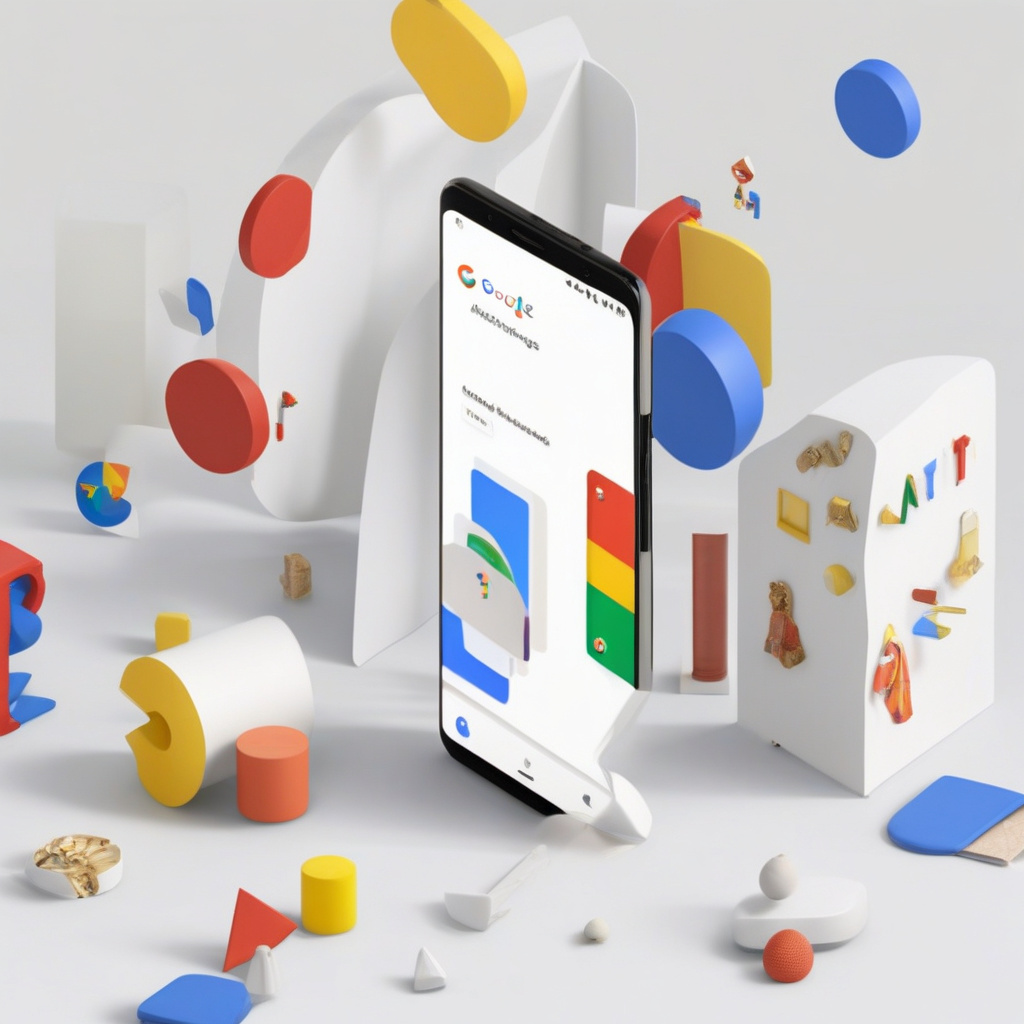Google recently made waves in the tech world by introducing its latest Android design language, Material 3 Expressive, during the Android Show preceding Google I/O. This unveiling marks a significant step forward in enhancing user experience through increased customization and fluidity.
Material 3 Expressive introduces captivating springy animations that aim to elevate the overall feel of using your phone. These dynamic animations not only add a touch of elegance but also contribute to a smoother and more engaging interaction with your device. Imagine seamlessly transitioning between different apps or effortlessly navigating through menus, all thanks to these new animations.
One key aspect of Material 3 Expressive is its focus on customization. Google recognizes that users have diverse preferences when it comes to personalizing their devices. With this new design language, users can expect more options to tailor their experience according to their unique tastes. From adjusting color schemes to choosing different animation styles, the possibilities for customization are extensive.
Moreover, the fluidity brought by Material 3 Expressive goes beyond aesthetics. By incorporating these springy animations, Google has prioritized responsiveness and intuitiveness in user interactions. This means that not only will your phone look great, but it will also feel incredibly smooth to use, enhancing overall usability and user satisfaction.
For instance, picture seamlessly switching between tasks with a flick of your finger or enjoying a more intuitive browsing experience as elements gracefully respond to your touch. These subtle yet impactful changes can significantly elevate the way you interact with your device on a daily basis, making tasks feel more effortless and enjoyable.
In essence, Material 3 Expressive represents Google’s commitment to pushing the boundaries of design innovation, all with the user’s experience in mind. By combining customization options with fluid animations, Google aims to set a new standard for how we engage with our devices, promising a more personalized and dynamic user experience.
As we look ahead to the official rollout of Material 3 Expressive, users can anticipate a more vibrant and interactive Android experience that not only looks visually appealing but also functions seamlessly. With Google’s emphasis on customization and fluidity, the future of Android design seems promising, offering users a fresh and engaging interface to explore and enjoy.
In conclusion, Google’s unveiling of Material 3 Expressive signifies a significant leap forward in Android design, promising users a more customizable, fluid, and visually captivating experience. As we embrace these new design elements and animations, we can look forward to a more dynamic and engaging interaction with our Android devices, setting the stage for a new era of user-centric design in the tech industry.

